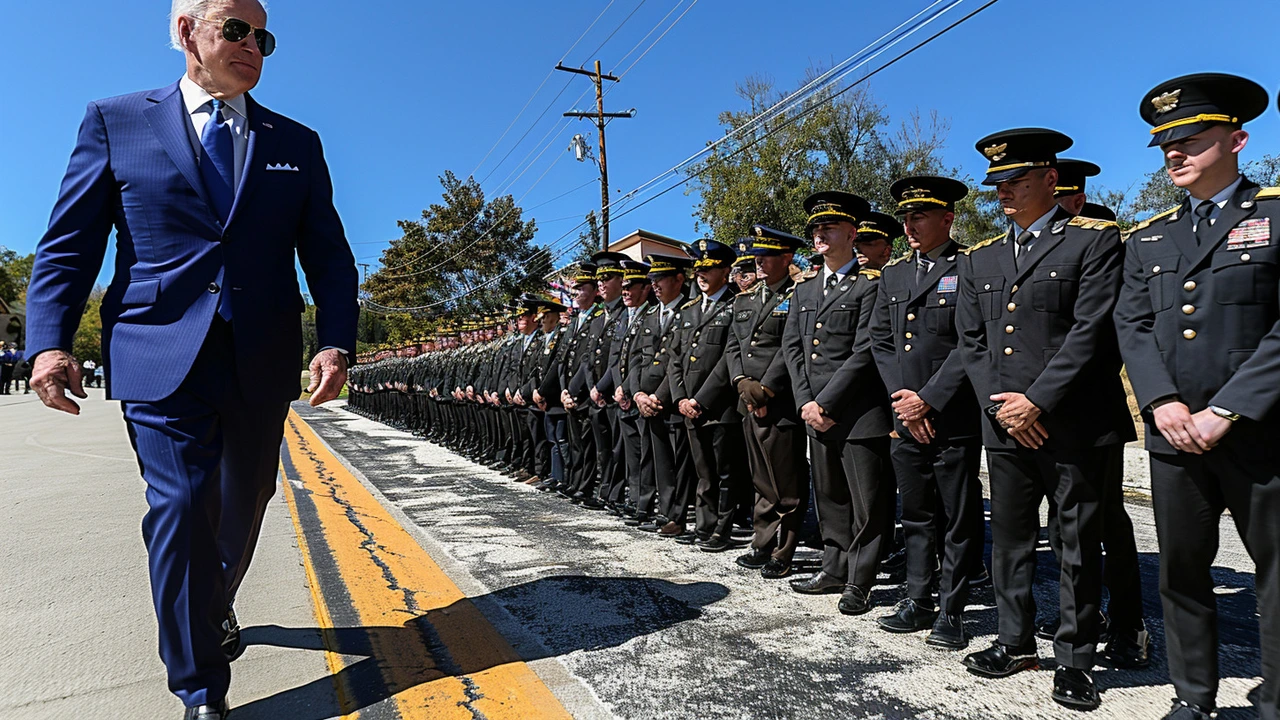D-Day Anniversary: Where to Go and How to Observe June 6
Every year on June 6 people around the world mark the D-Day anniversary. It’s the day Allied forces launched the biggest seaborne invasion in history in 1944. If you want to attend ceremonies, visit the sites, or simply learn the facts, this guide gives clear, practical steps so your visit or tribute feels respectful and meaningful.
Key places to visit in Normandy
Start with the Normandy American Cemetery at Colleville-sur-Mer. The rows of white crosses and the visitor center tell the story plainly. Nearby, Pointe du Hoc shows the cliff assault and has preserved craters and bunkers. Omaha and Utah Beaches are the most famous US landing sites; you can still see landing craft replicas and markers. For Canadian history, go to Juno Beach Centre. Gold, Sword and Juno offer museums and local guides who explain the battle maps and personal stories.
Arromanches has the remains of the Mulberry harbours and a small museum with wartime film footage. Bayeux is a good base town—quiet, historic, and close to many sites. If you have time, visit local museums, small cemeteries, and village memorials. They often share photos and names of soldiers from nearby towns.
How to plan your visit
Book transport and tickets early. June is peak season around the anniversary and hotels fill fast. Most visitors travel from Paris to Caen by train, then rent a car or join a guided tour. Guided tours save time and give context—many guides are veterans’ descendants or local historians. Bring a weather layer: Normandy weather can flip from sun to rain in an hour.
When attending an official ceremony, dress respectfully—no beachwear or loud clothing. Follow event rules: some sites limit photography during parts of the service, and large flags or banners may need prior approval. If you plan to lay flowers or poppies, use official stands or ask staff where to place them. Silence is one of the most powerful gestures you can offer.
For people who can’t travel, watch ceremonies online. Many memorial services are livestreamed by governments, museums, and veteran groups. Schools and local clubs often hold moments of silence and talks on the date—consider joining or sharing verified resources with younger people to keep the history real.
Finally, read first-person accounts. Diaries and recorded interviews give a human view that numbers don’t. Short books, museum audio guides, and veteran testimonies make June 6 more than a date on the calendar—they remind you why remembering matters. Whether you visit Normandy or observe from home, keep it respectful, personal, and informed.



